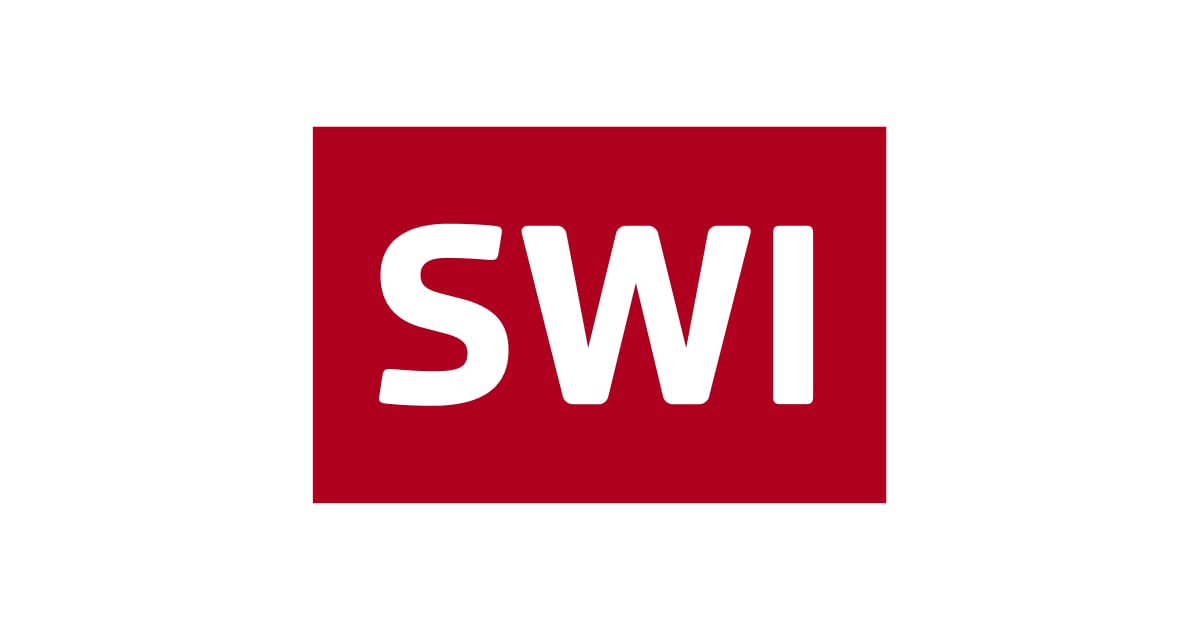(Bloomberg) — A global selloff in stocks extended into a fourth day as investors, wary of lofty tech valuations, turned cautious ahead of Nvidia Corp.’s earnings and a key US jobs report later this week.
A gauge of global stocks hovered around a one-month low, while Asian shares fell 1.6% — led by technology firms — and are on track for a third straight day of losses. Almost four stocks fell for every one that rose in the MSCI Asia Pacific Index, which slipped below its 50-day moving average for the first time since April.
Futures indicated more losses for European and US equities. As sentiment weakened, Bitcoin briefly slid below $90,000 for the first time in seven months. Bonds rose, with the yield on the benchmark Treasury 10-year falling two basis points to 4.12%.
The moves highlighted lingering uncertainty over interest rates and tech earnings, with Nvidia’s Wednesday report set to test investor nerves over lofty valuations surrounding the artificial intelligence sector. Attention will then shift to the delayed September jobs report due Thursday, which will provide investors with clues on the Federal Reserve’s policy outlook.
“The monthly jobs report would normally dominate this week’s economic calendar, but with the AI trade struggling the past couple of weeks, Nvidia’s earnings are once again looking like a key piece of the market’s momentum puzzle,” said Chris Larkin at E*Trade from Morgan Stanley.
Alarm bells are ringing for analysts who study chart patterns in the US stock market, fueling concern that the latest dip could swell into a full-blown correction of at least 10%.
A sharp selloff in the S&P 500 on Monday extended the decline from its last record on Oct. 28 to 3.2%. The benchmark index closed below its 50-day moving average for the first time in 139 sessions, breaking the second-longest stretch of this century above the closely watched trend line.
The Nasdaq Composite Index is also flashing some “ugly” signals, according to John Roque, head of technical analysis at 22V Research. More of the index’s 3,300-some members trade at 52-week lows than highs, he said, a sign of internal market weakness that makes a further rally unlikely.
“It has been a great year in general for investors, however nerves are clearly increasing into the year end,” said Nick Twidale, chief market analyst at AT Global Markets in Sydney. “We may see further volatility in the next few weeks as we hit the Christmas trading period.”
What Bloomberg Strategists say…
Risk appetite has dried up as concerns about an overheated AI boom combine with investors’ apparent shock that the Fed might delay a 25 basis point interest-rate cut for a month or so. However, given the likelihood that the US economy will remain resilient, aided by a central bank eager to ease should it show signs to the contrary, that makes it probable that US and global equities will rebound out of their current funk.
— Garfield Reynolds, MLIV Team Leader. For full analysis, click here.
In other corners of the market, a gauge of the dollar held its gains from the prior session. Gold posted a fourth day of losses to trade just above $4,000 an ounce, underpinned by fading expectations of a Federal Reserve interest-rate cut next month. Lower rates typically make non-yielding bullion more appealing to investors.
Nvidia’s shares also fell in US trading after a filing showed Peter Thiel’s hedge fund sold its stake in the chipmaker during the third quarter.
“While we should expect an eventual reckoning for blindly throwing trillions of dollars at AI capital expenditures with no clear path to profitability, markets are unlikely to tip over while the Fed is still in easing mode and the economy is still strong,” said Dennis Follmer at Montis Financial.
The path for rate cuts is the other major theme investors are concerned about amid conflicting views from central bank officials.
Fed Vice Chair Philip Jefferson said he sees risks to the labor market as skewed to the downside, but warned policymakers need to proceed slowly. Fed Governor Christopher Waller is backing a cut in December, citing weak jobs. Traders are pricing in about a 40% chance of a rate cut next month.
“Fed officials continue to voice concerns over sticky inflation, emphasizing that the current information vacuum makes it difficult to assess the economy’s true momentum,” Dilin Wu, a strategist at Pepperstone Group Ltd., wrote in a note.
Corporate News:
Xpeng Inc.’s fourth-quarter revenue forecasts trailed expectations, raising concerns about its plan to break even next year. Akzo Nobel NV is in advanced talks to combine with rival paintmaker Axalta Coating Systems Ltd., according to people familiar with the matter. Shares of Baby Shark creator Pinkfong Co., jumped as much as 62% on its trading debut as investors snapped up the studio behind YouTube’s most-viewed jingle, following strong demand for the small initial public offering. Amazon.com Inc. raised $15 billion in its first US dollar bond offering in three years, adding to a spree of jumbo debt sales by technology firms. Gina Rinehart, Australia’s richest person, has become the biggest shareholder in US rare-earths producer MP Materials Corp., boosting her global bet on strategic minerals. Rio Tinto Group will almost halve production at its Yarwun Alumina refinery in Australia as a waste stockpile reaches capacity and the company seeks to cut costs. Some of the main moves in markets:
Stocks
S&P 500 futures fell 0.2% as of 12:41 p.m. Tokyo time Japan’s Topix fell 2% Australia’s S&P/ASX 200 fell 1.9% Hong Kong’s Hang Seng fell 1.4% The Shanghai Composite fell 0.6% Euro Stoxx 50 futures fell 0.9% Currencies
The Bloomberg Dollar Spot Index was little changed The euro was little changed at $1.1593 The Japanese yen was little changed at 155.18 per dollar The offshore yuan was little changed at 7.1129 per dollar Cryptocurrencies
Bitcoin fell 1.3% to $90,654.2 Ether rose 0.3% to $3,016.25 Bonds
The yield on 10-year Treasuries declined two basis points to 4.12% Japan’s 10-year yield advanced 2.5 basis points to 1.750% Australia’s 10-year yield declined three basis points to 4.44% Commodities
West Texas Intermediate crude fell 0.5% to $59.62 a barrel Spot gold fell 0.6% to $4,021.31 an ounce This story was produced with the assistance of Bloomberg Automation.
–With assistance from Winnie Hsu and Richard Henderson.
©2025 Bloomberg L.P.



